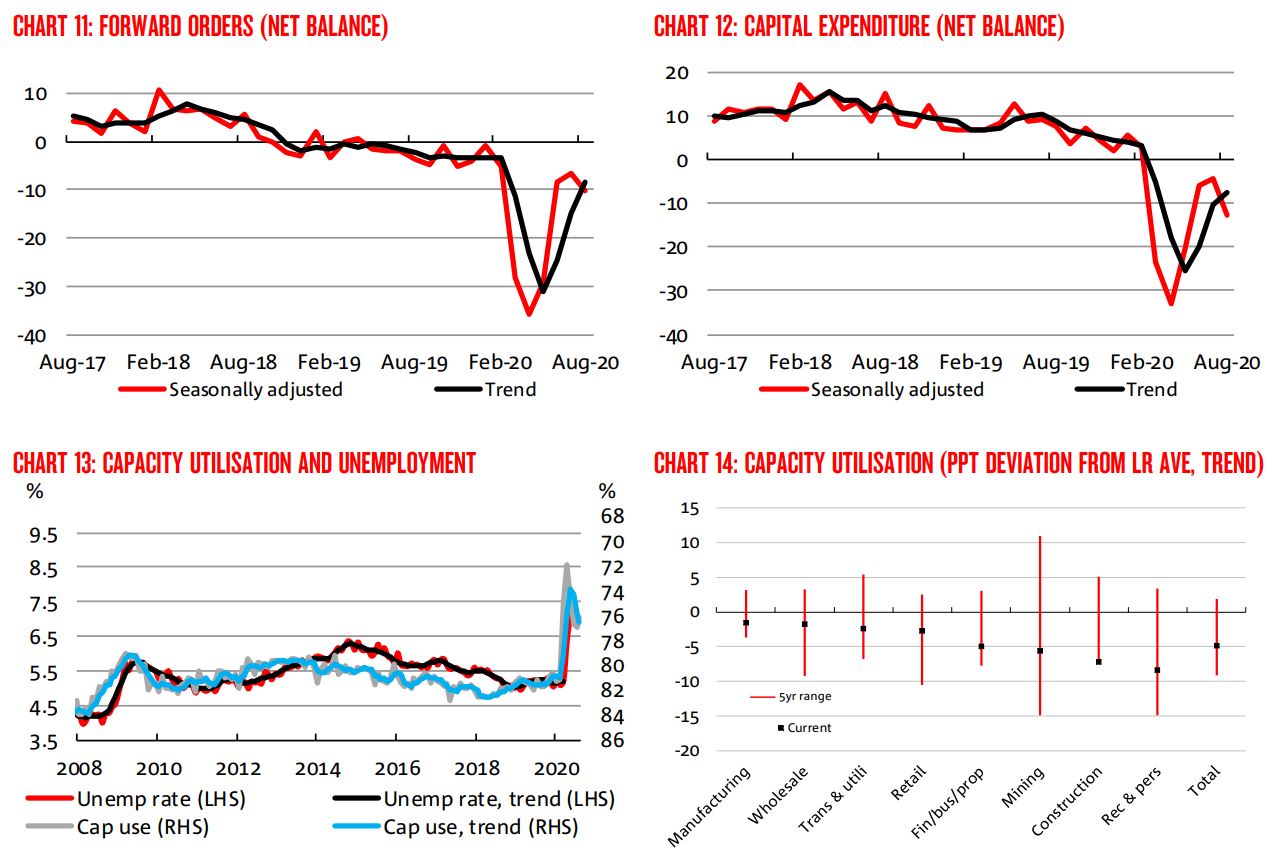Sense prevailing at last. Via Domain:
Professor Norman warned of a host of issues from fewer people than expected coming to Australia, including a loss of production and economies of scale, skill gaps for employers and a drop in the ratio of taxpayers to those dependent on welfare due to an ageing population.
“These effects will be both immediate and longer term. If this virus goes on for a decade, these effects will be dominant and sustained,” he said.
Victoria University’s Janine Dixon warned businesses would “experience more difficulty in finding skilled labour”. NAB chief economist Alan Oster said it was unlikely there would be a skills shortage in the short term with so many Australians out of work and it was “probably not worth looking at specific population policies until any long lasting impacts are identified”.
AMP Capital chief economist Shane Oliver said the drop in population growth from 1.6 per cent a year to 0.6 per cent, partly due to the collapse in immigration from international travel restrictions, could knock 1 percentage point off annual growth. This would largely be due to 80,000 fewer homes needed and less consumer spending.
“The government should look to reinstate immigration once it’s feasible … but with significant levels of unemployment likely to be sustained for several years the lift to immigration should be gradual,” Dr Oliver said.
“The focus should be on boosting … the living standards of those already in Australia, and this does not require a resurgence in immigration.”
Mr Koukoulas said post-pandemic immigration should be at low levels. “Included in those benefits [of less population growth] are a lesser need for expensive infrastructure, reduced pressure on housing and an abatement of congestion.”
Professor Madsen opposed policies to bolster population growth, saying it would not help per capita income growth, risked elevating house prices and increased the country’s carbon footprint.
But Ms Hunter said the drag on international student enrolments would be detrimental to universities and, more broadly, businesses would see less demand leading to lower capital expenditure.
Commonwealth Bank of Australia chief economist Gareth Aird and St George Bank chief economist Besa Deda both warned about the effects on the housing market and the construction sector. The drop in demand could affect a wide range of industries.
Industry Super Australia chief economist Stephen Anthony said the government may see the lower population growth “as an opportunity to rely less on temporary visa migration in future and investment more in current residents in terms of technical training and new apprentices”.
Professor Mitchell said slower population growth would allow the government to deal with the housing crisis, gridlocked capital cities and urban infrastructure under strain.


